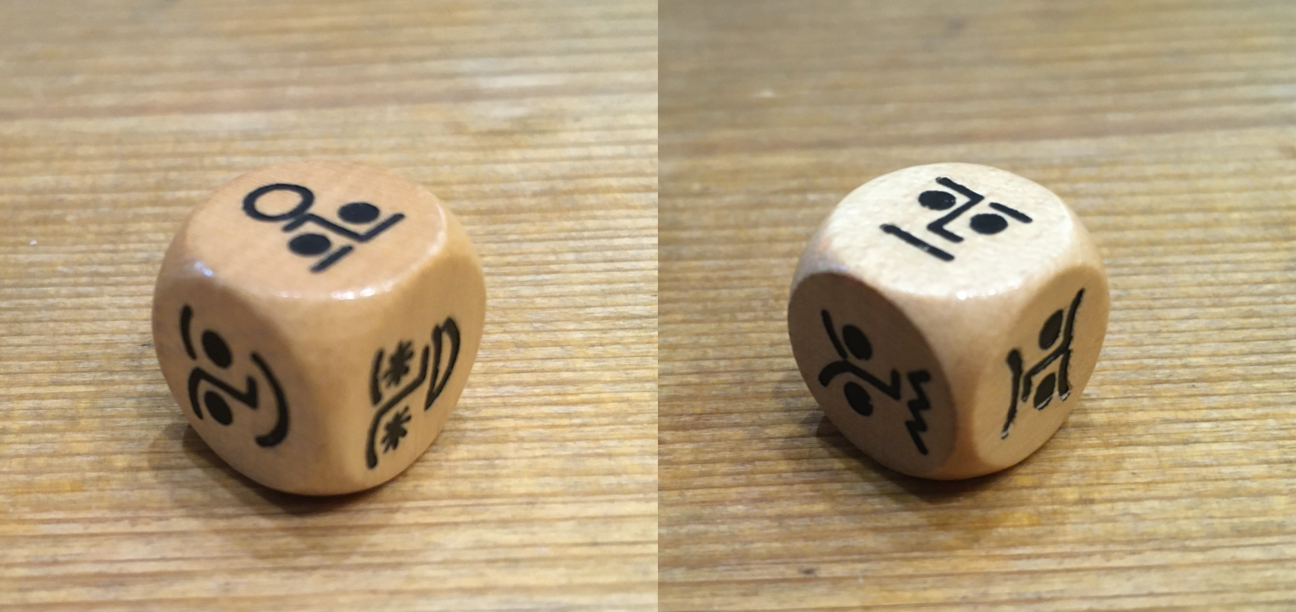Notes from the first day using a Slimbook Executive running Kubuntu (probably applies to anyone moving from macos to Kubuntu on similar hardware)

Generally, very good first impressions. The hardware is nice, the connectivity is perfect for me, it boots fast, the screen looks amazing. The keyboard and trackpad are fine, except for the surfboard trackpad button design. Came with a bunch of stupid marketing stickers on (what year is this, 2005?), most of which were easily removed.
Here are the first settings I tweaked to make things more familiar:
UI Scaling
Settings -> Display and Monitor -> Global Scale = 200% for a readable UI while still remaining beautifully crisp.
Settings -> Appearance -> Cursors -> Size: 48
Settings -> Startup and Shutdown -> Login Screen -> Apply Plasma Settings so that your login screen is a sensible size.
Right click status bar, enter edit mode, Panel height: 100
Sleep
Default sleep mode seems to be a hibernation which takes 10-20s to wake up from, including whenever you close the lid.
Fix this by: In settings -> Power Management, in AC Powered tab set lid close to just turn off screen (or lock if desired). This will just turn off the screen when closed on AC power, but actually put the laptop to sleep when the lid is closed on battery power, to reduce power consumption.
Then, sudo nano /etc/systemd/sleep.conf and uncomment AllowSuspendThenHibernate=yes, and reboot. This changes the behaviour of sleep to initially just suspend the system, keeping data in RAM and allowing immediate wake-ups. When the battery goes under 5%, it’ll instead hibernate, which takes 10-20s to wake up from but stores the contents of RAM on the SSD.
EDIT: On further testing, this sadly doesn’t fix the issue completely (or at all? It’s hard to tell). Putting the computer to sleep using the meta menu works absolutely fine, but using F1 or the laptop lid (which I assume are handled the same way internally) leads to this blank screen with a cursor and hidden password entry field for 20s on wake up issue. I have no idea what’s causing it, and IMO it’s a big reason not to use KDE Plasma on these laptops — sadly, as it’s easily my favourite of the linux desktop environments I’ve tried so far.
FURTHER EDIT: turns out this was all due to the laptop coming with an outdated linux kernel installed, which didn’t support the hardware. A fresh install of the latest Kubuntu works perfectly.
Firefox
By default, Firefox treats scroll events from the trackpad as scroll wheel inputs, causing jerky scrolling. To fix: echo MOZ_USE_XINPUT2=1 | sudo tee -a /etc/environment
Touchpad
Settings -> Input Devices -> Touchpad
Pointer acceleration: 0.6
Tap-to-click, tap-and-drag enabled
Two-finger tap: right click
Scrolling: two fingers, invert scroll direction
Right click: press anywhere with two fingers
Function Buttons
Boot holding F2 to open BIOS settings, dig around to find and enable “Fn lock” to make the function keys perform their alternative functions by default (with numbered function inputs available by holding Fn, as on a MacBook)
Next pain points which I didn’t find a solution to yet:
- Occasional trackpad issues where the cursor freezes and only starts moving again after a two finger tap (right click). At the beginning this happened all the time, now it seems much better. Need to keep an eye on it.
- File browser not having a column view. Apparently this is an ongoing struggle for years in Kubuntu, which seems hard to believe. I tried to install the ElementaryOS file viewer but it didn’t seem to work.
- Setting up the keyboard for international typing. I got extremely used to typing special characters, diacritics and fancy punctuation on my macbook keyboard and am reluctant to have to re-learn all of that. Ideally I’d like to get a least a large subset of the key combinations working again.





















